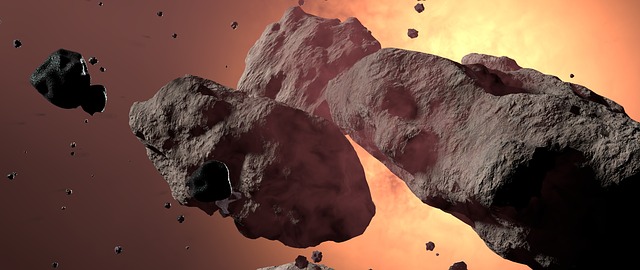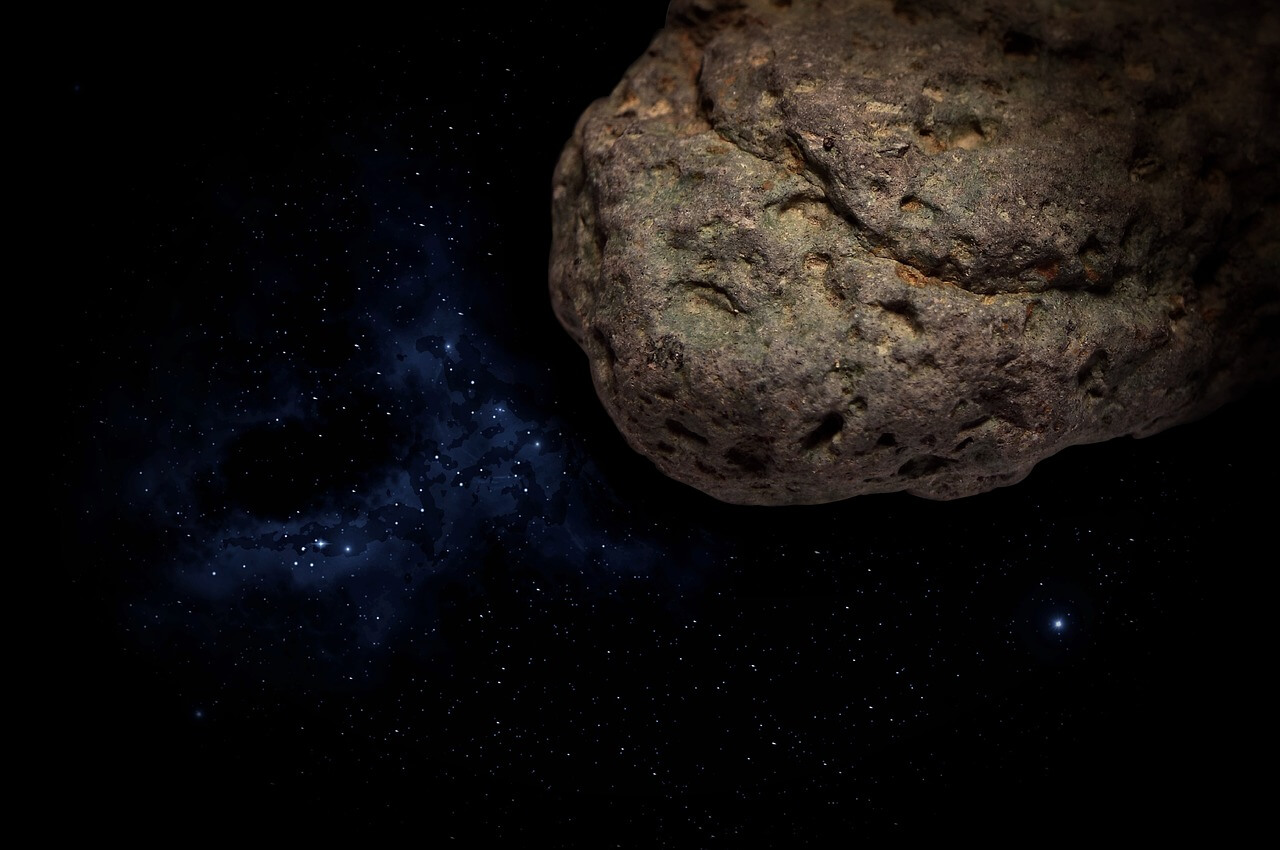What are the physical properties of asteroids? Information on mass, shape, surface conditions and orbits of asteroids.

Source: pixabay.com
The diameters of only a few of the largest asteroids can be measured. Using the 36-inch Lick refractor, Edward E. Barnard in 1894-1895 obtained the following values: Ceres, 485 miles (781 km) in diameter; Pallas, 304 miles (499 km); Vesta, 243 miles (391 km); and Juno, 118 miles (190 km). (Values obtained by other observers may vary from these somewhat.) Barnard considered the diameter of Juno about the very limit of measur-ability. All but a very few of the other asteroids are too small, even when closest to the earth, to show disks of appreciable diameter.
The only way that the diameters of most asteroids can be computed, therefore, is by observing their brightness when they are at known distances from the earth and the sun. By assuming their reflecting power per unit area— their albedo—the astronomer can calculate how large an asteroid must be to appear so bright at the given distance. An albedo equivalent to that of Mars is perhaps about correct on the average, but it is known that not all the asteroids have the same albedo. Diameters calculated by this method have indicated asteroids down to about half a mile (less than 1 km) wide. There seems no reason to set this as a lower limit of size, however, and very small asteroids may be literally innumerable.
Mass:
Practical considerations limit the ability of astronomers to determine the mass of an asteroid. The only way in which the mass of such a body can be calculated is by observing its gravitational effect upon some other body, but no such effect has been observed for an asteroid. However, if Ceres (the largest asteroid) is assumed to have the same density as the moon, its mass would be 1/7,200 that of the earth. It can be assumed that the mass of the average asteroid is very insignificant. It has been calculated that the combined masses of all the known asteroids, together with the probable combined masses of those unknown, must amount to less than 1/500 the mass of the earth.
Shape:
There are many reasons for believing that most asteroids are irregular rather than spherical in shape. This is indicated by the periodic changes of brightness observed in a significant percentage of the asteroids that have been studied thoroughly with the photometer. (On the other hand, there are asteroids that have shown no periodic variations.) The changes can be accounted for by supposing that asteroids are rotating bodies of irregular shape. In some cases the changes may also be the result of different sides of an asteroid having different reflecting powers. In general it might be said that if an average-sized mountain could be taken and thrown out into space, it would make an asteroid of respectable size and shape.
Surface Conditions:
Because of the small masses of the asteroids, the gravitational pull at their surfaces is far less than the gravitational pull on any of the planets. A man weighing 100 pounds (45 kg) on earth would weigh about 4 pounds (1.8 kg) on Ceres. On an asteroid 10 miles (16 km) in diameter he would weigh just over one ounce (28.3 grams). It is obvious that the asteroids cannot hold an atmosphere, which in turn means that any known form of life could not possibly exist there.

Source: pixabay.com
Orbits:
The orbit of every asteroid is an ellipse, with the sun at one focus of the ellipse. Every known asteroid travels around the sun in a counterclockwise direction, as the planets do. A very wide diversity is found, however, among particular asteroid orbits.